The Commodore VIC 20 was the first computer by Commodore to enter the home computer market. It was designed around the VIC-I chip from 1977, and it retains many features of the PET/CBM computers. It provides four channel sound and color, but it offers less RAM memory than the PET, a slower disk access and a lower screen resolution. But, characters can be defined by the user on software, something that the PET/CBM machines just couldn’t do. That feature was of great help for developing games.
The machine used static RAM, and it was very costly at the time. That’s why it was equipped with a very low amount of RAM memory: only 5 KB (5,5 KB if you count the colour RAM). 3583 bytes were available to BASIC. That’s a very short amount of memory, but not short enough to prevent learning BASIC programming. And, it could be expanded by just inserting a cartridge.
Very early VIC 20 models featured a keyboard similar to the PET/CBM computers’ one. They are known as VIC 20 “PET style” among collectors.
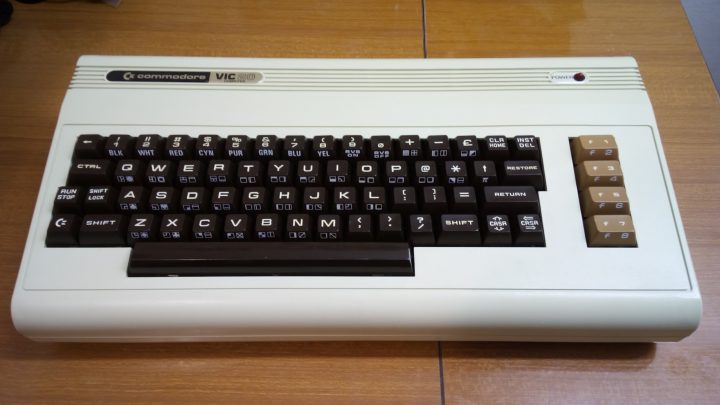
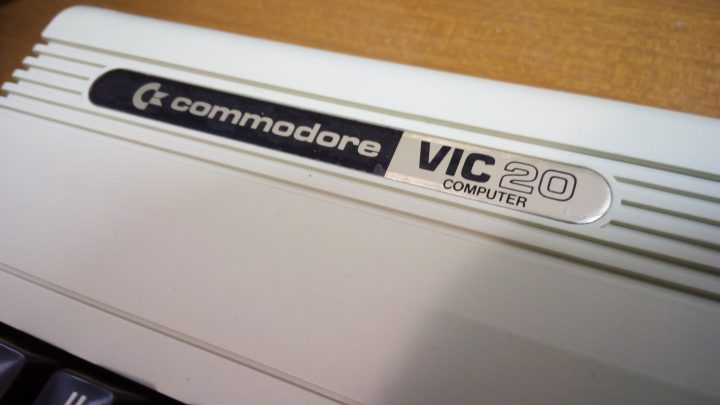
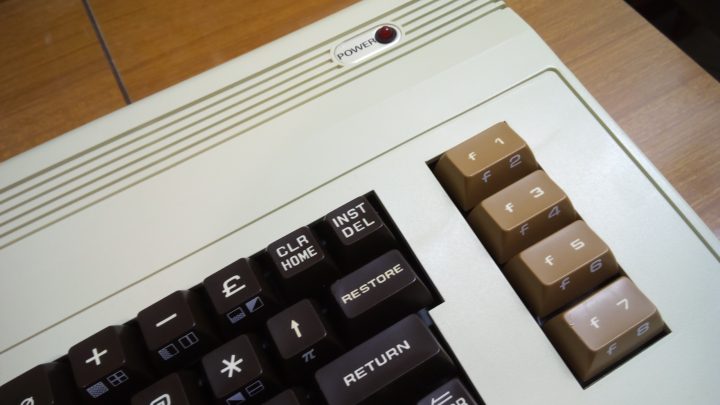
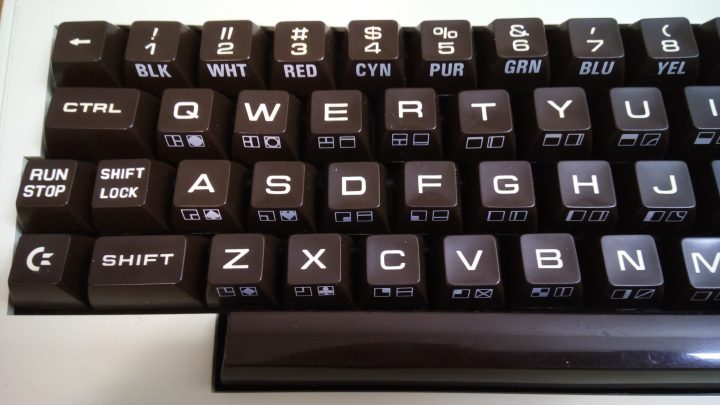
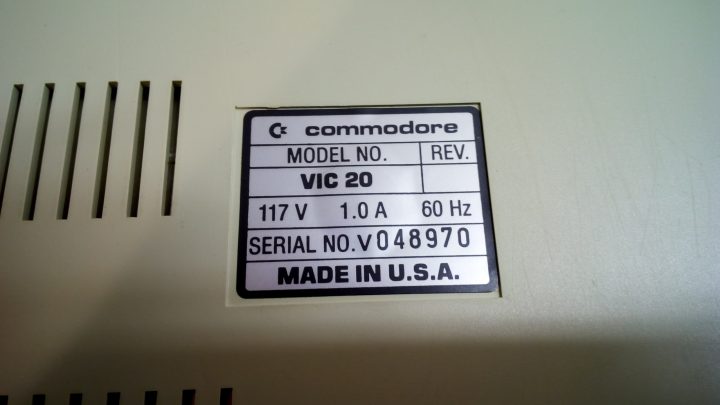
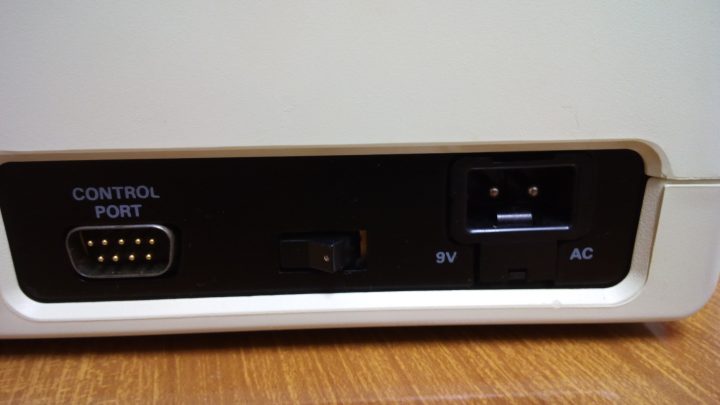
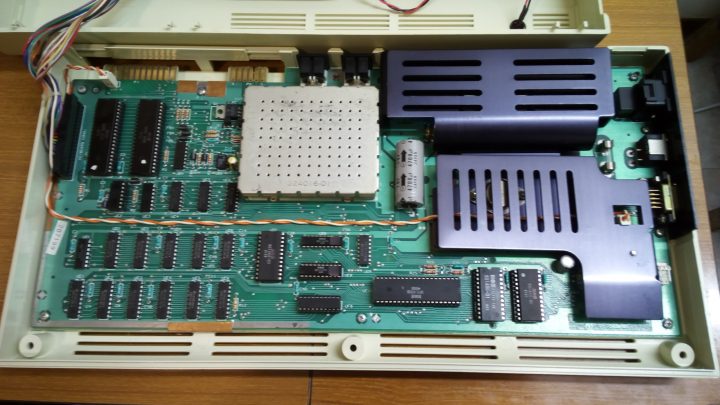
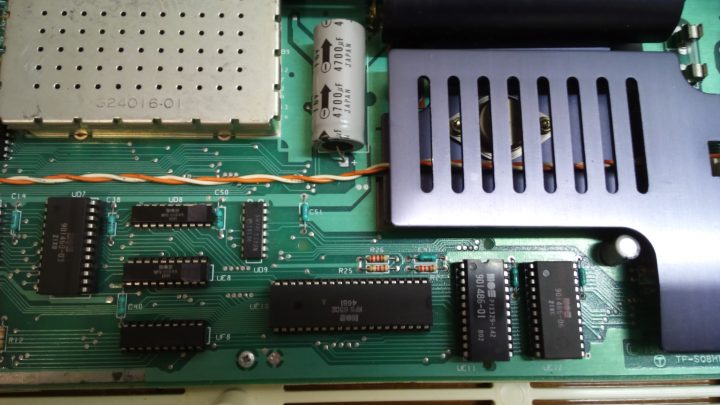
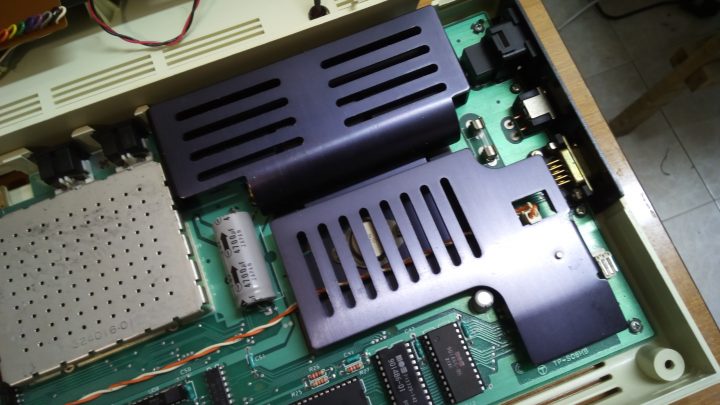
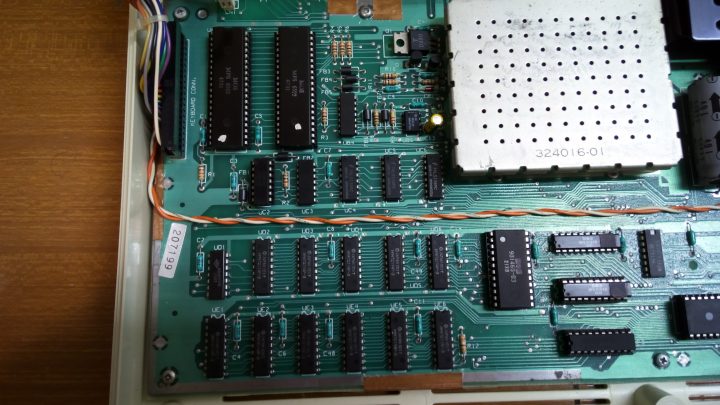
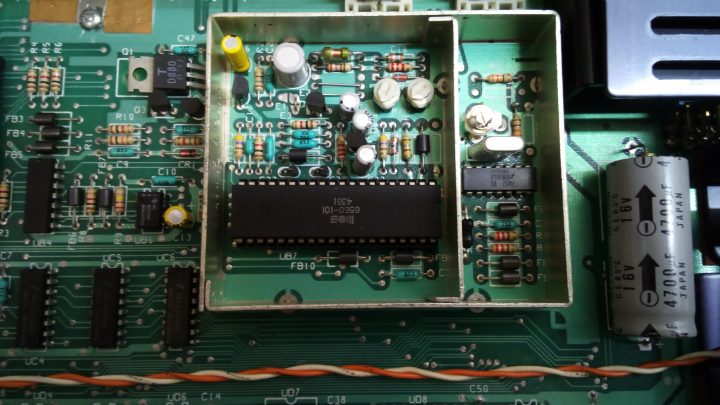
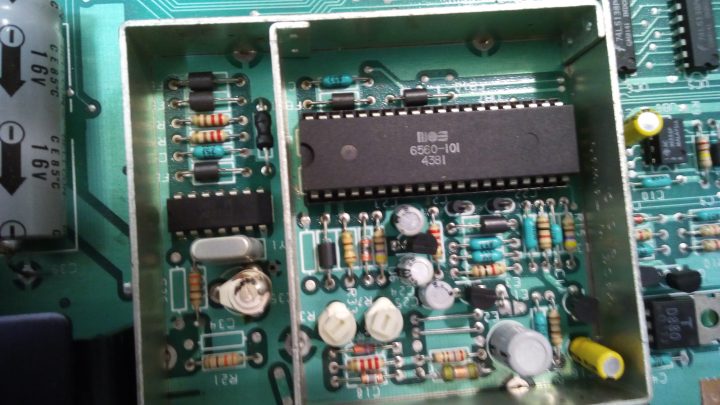
I do own a PAL version of this board. Mine is from 1982 and it still has all its original chips. The big ICs are socketed, so that it can be used for test purposes.
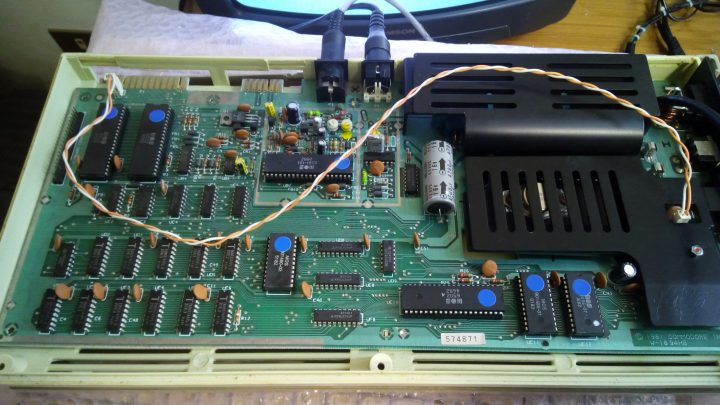
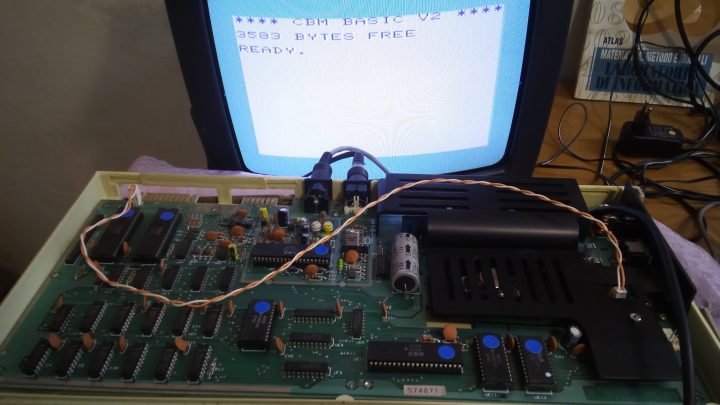
To contain costs, Commodore modified this board and created the Cost Reduced version. This “new” board also allows for better reliability, as it doesn’t have internal voltage rectifier and regulator, thus reducing the heat inside the case. +5V are provided by an external PSU unit, just like on the Commodore 64. Actually, a Commodore 64 PSU can be used on CR VIC 20s.
The CR board of the following VIC 20 unit was an easy repair. It had the usual blank screen syndrome, but the KERNAL ROM was the only chip to be damaged. And, it was already socketed from the factory. After changing that chip, the unit was back in full working order.
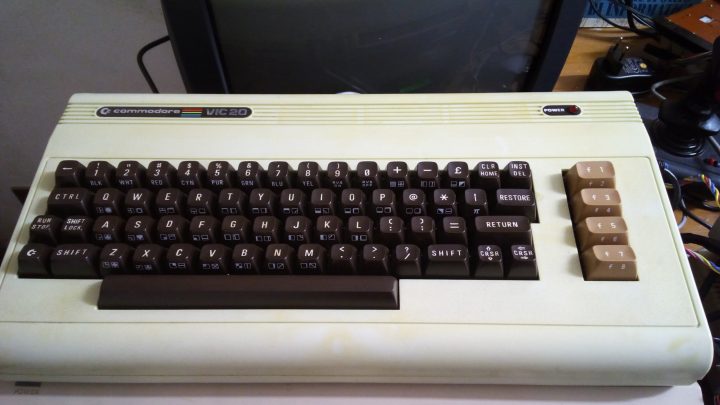
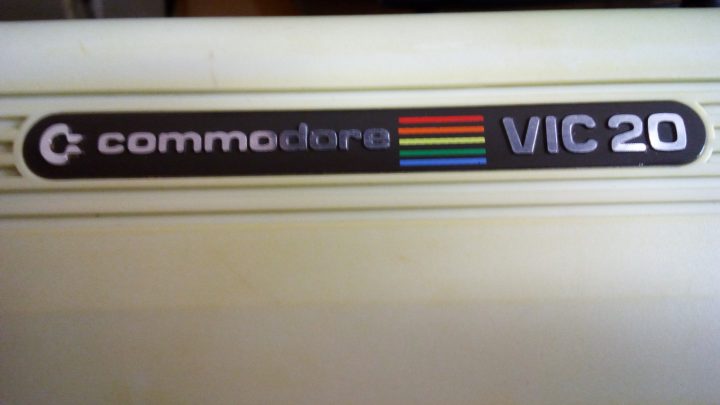
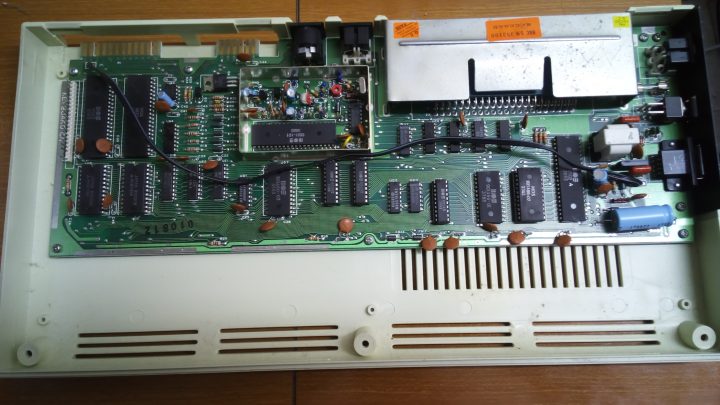
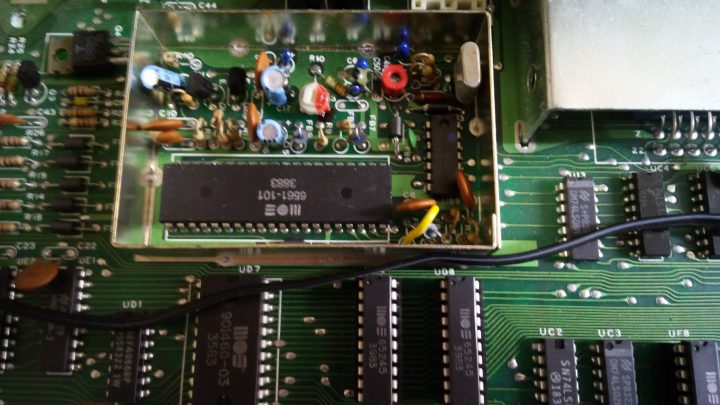
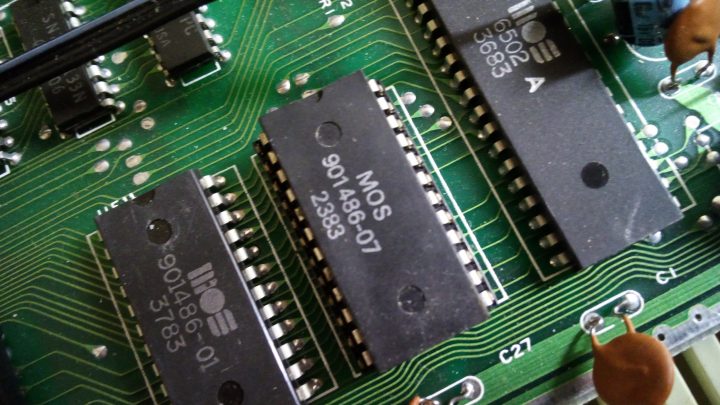
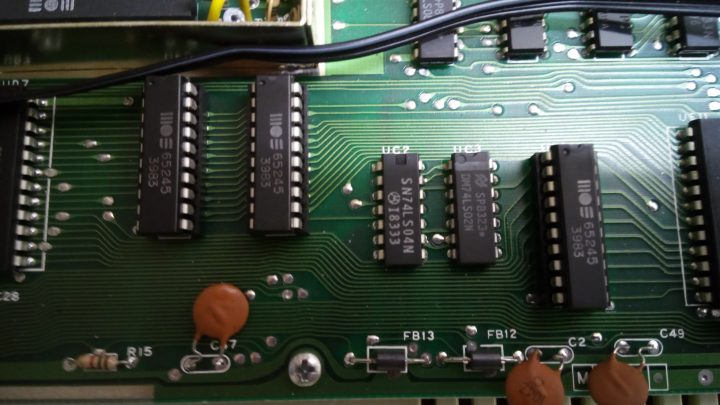
The most common chips to fail on the VIC 20 are the VIC-I chip and the KERNAL ROM.
The VIC-I chip runs very hot and should have been sinked from the factory. Commodore never applied a heat-sink to it. That’s why it fails often. On early boards, the VIC-I chip is socketed. On some CR boards instead, the VIC-I is soldered. This is a good thing, as it allows the chip to exchange heat with the board. But when it fails, replacing is of course more difficult than just pulling up a chip from a socket.
The VIC-I chip can suffer from partial failures. For instance, I have a faulty VIC-I chip that is silent if the volume is set to a particular level. As a result, some tunes are just mute. Apart from that, the chip works perfectly.
Another VIC-I chip that I have suffers from a not severe sound issue: you can hear some intermittant quiet white noise in the background, when there should be no sound instead.
Watch out for MOS Technologies logic chips. Like on the Commodore 64, they have a higher failure rate than standard logic chips. Suspect those chips if your VIC 20 has an issue.
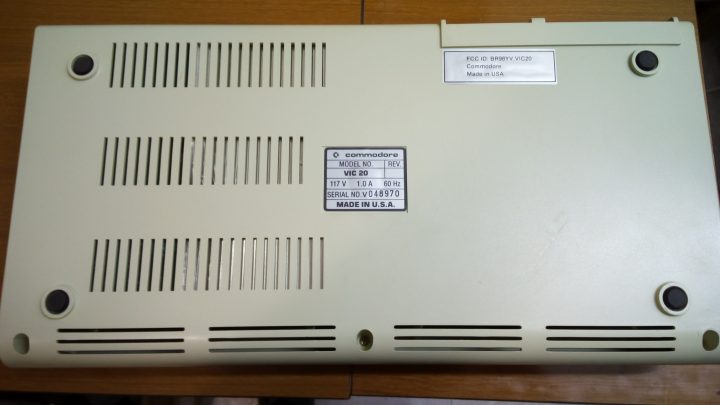
Grazie mille, ciao! Salutami il tuo VIC golden! 😀